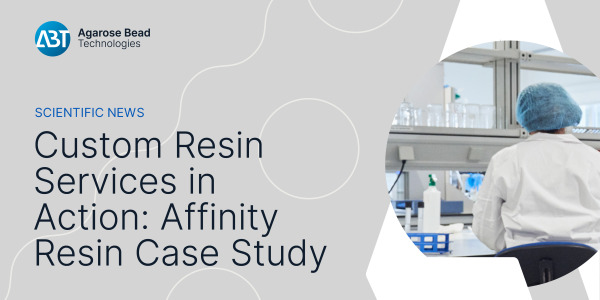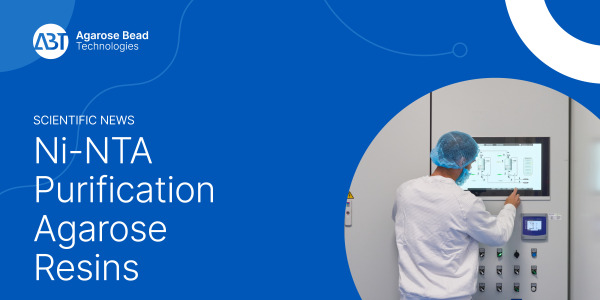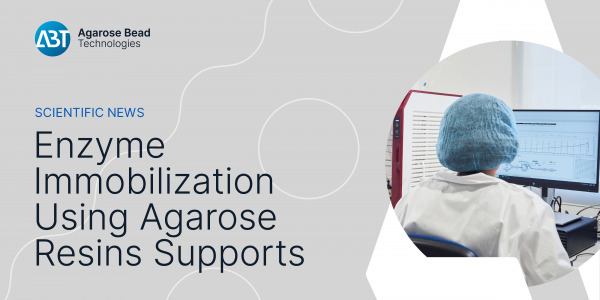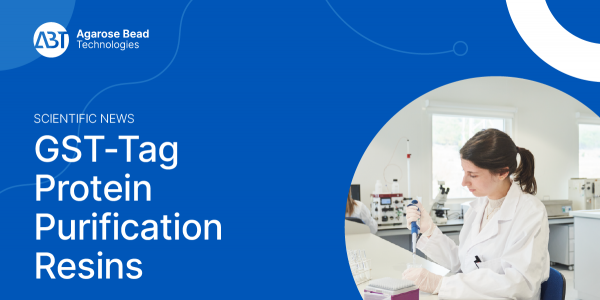News
Next Stop: BPI Boston 2025!
ABT returns to Bioprocess International Boston, where the future of bioprocessing from cell line and cell culture to downstream and next generation manufacturing, is showcased.
Read moreABT has been awarded the "Innovative SME" label by the Spanish Ministry of Science, Innovation and Universities
This seal confirms the company's commitment to research, custom development and innovation in the field of bioprocessing.
Read more"ABT Antibody Purification resins have demonstrated that the instability of the HIV HLA-E peptidome may be a significant barrier to therapeutic targeting of these antigens"
Naturally occurring T cells may play a crucial role in universal immunotherapy by recognizing antigens through nonpolymorphic human leukocyte class Ib (HLA-E).
However, uncertainties remain regarding the biological relevance of these ligands due to poorly understood mechanisms of pathogen-derived peptide access to the HLA-E pathway.
Therefore, studying these HLA-E ligands is essential for addressing diseases as significant as HIV (1,2).
In this paper, among other informatic and cellular assays, researchers proceed with an immunopurification of peptide-HLA complexes from HIV infected cells using high-performance Agarose Bead Technologies (ABT) resins (Fig 1).
The ABT resins used were Protein L Agarose Resin linked to 3D12 antibody and Protein A Agarose Resin.

Figure 1. Schematic representation of performed cellular and biochemical assays followed by immunopurification (Adapted from 1).
The study highlights the potential contribution of ABT resins in pharmacological research and treatments.
ABT Antibody Purification Chromatography Resins have demonstrated that the instability of the HIV HLA-E peptidome may be a significant barrier to therapeutic targeting of these antigens.
Therefore, this instability must be considered a major challenge for drug development (3).
Further investigations should focus on achieving stable peptide HLA-E presentation to ensure consistent on-target immunotherapeutics.
- Wallace et al.,Instability of the HLA-E peptidome of HIV presents a major barrier to therapeutic targeting, Molecular Therapy (2024).
- Strong, R.K., Holmes, M.A., Li, P., Braun, L., Lee, N., and Geraghty, D.E. (2003). HLA-E Allelic Variants correlating differential expression, peptide affinities, crystal structures, and thermal stabilities. J. Biol. Chem. 278, 5082–5090.
- Sauter, J., Putke, K., Schefzyk, D., Pruschke, J., Solloch, U.V., Bernas, S.N., Massalski, C., Daniel, K., Klussmeier, A., Hofmann, J.A., et al. (2021). HLA-E typing of more than 2.5 million potential hematopoietic stem cell donors: Methods and population-specific allele frequencies. Hum. Immunol. 82, 541–547.







